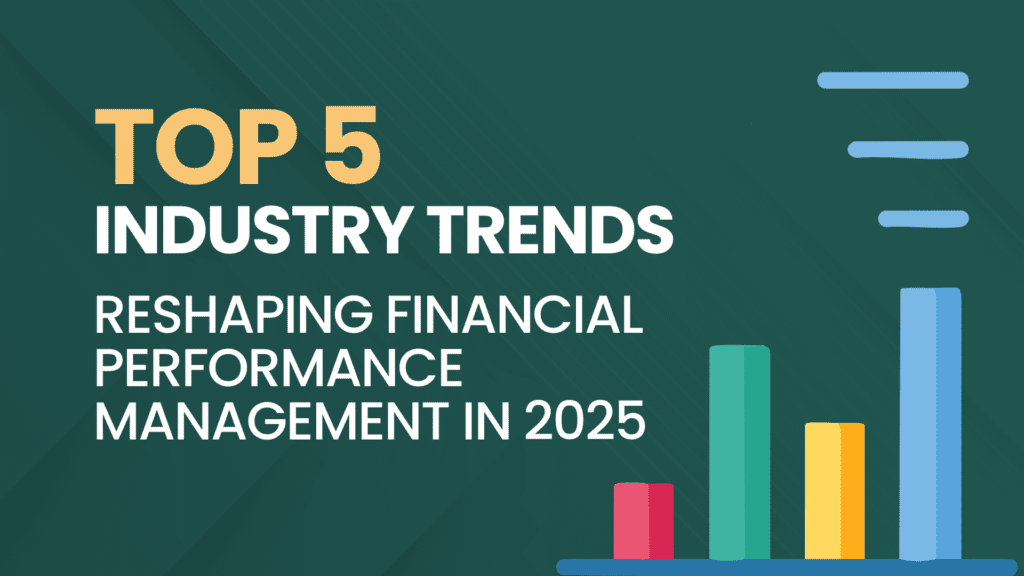Top 5 Industry Trends Reshaping Financial Performance Management in 2025

Looking forward, across 2025, everyone talks about AI, particularly the emergence of AI agents. But it’s dangerous to focus on this; there’s more happening besides. In this week’s newsletter, it’s worth taking a more balanced view of everything happening.
As businesses navigate the increasingly complex and volatile landscape, the financial planning and analysis (FP&A) world is undergoing a transformative shift. From the rise of integrated financial platforms to the growing emphasis on role-based security innovations and ESG-driven reporting, several key industry trends are shaping the future of financial performance management.
- Integrated Financial Platforms: The FP&A software market is witnessing a surge in adopting integrated platforms that consolidate various financial functions under a single, cohesive system. These platforms offer seamless data integration, streamlined workflows, and enhanced collaboration, enabling finance teams to make more informed, data-driven decisions.
- Role-Based Security and Access: In the era of heightened data privacy and compliance concerns, FP&A solutions are incorporating advanced security features that allow for granular control over data access and permissions. These role-based security innovations ensure that sensitive financial information is accessible only to authorized personnel, enhancing data governance and mitigating the risk of unauthorized access. This is particularly important as more data becomes available and more powerful tools are available to individuals to interrogate it.
- ESG-Driven Financial Reporting: The growing emphasis on environmental, social, and governance (ESG) factors is transforming how organizations report and manage their financial performance. FP&A teams are now expected to incorporate ESG metrics into their planning, analysis, and reporting processes, aligning with the increasing demand for sustainable and responsible business practices.
- AI-Powered Analytics and Forecasting: I can’t produce this list and ignore AI altogether. It is, after all, the biggest game-changer in town. The rapid advancements in artificial intelligence (AI) and machine learning (ML) are revolutionizing the FP&A landscape. FP&A solutions now integrate AI-powered analytics tools to identify trends, predict future outcomes, and deliver more accurate and insightful forecasts, empowering finance teams to make more strategic and informed decisions.
- Continuous Planning and Beyond Budgeting: The traditional, rigid budgeting approach gives way to more agile, responsive, and adaptive planning methodologies. FP&A teams are embracing continuous planning and the beyond-budgeting framework, prioritizing real-time data analysis, regular forecasting updates, and the flexibility to adjust plans in response to changing market conditions and emerging trends.
As the FP&A landscape evolves, organizations prioritizing adopting these industry trends will be better equipped to navigate the complexities of the modern business environment, drive sustainable growth, and maintain a competitive edge in future years.







Responses